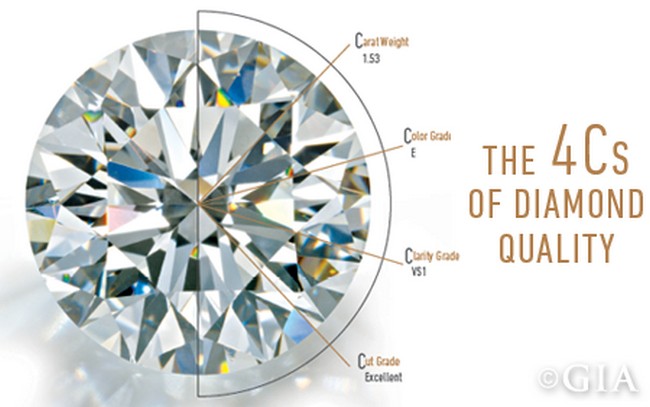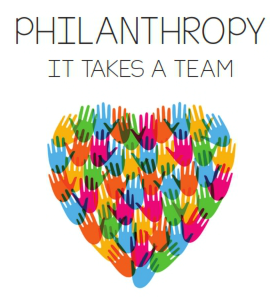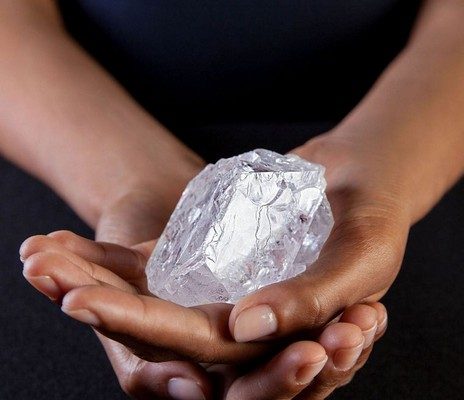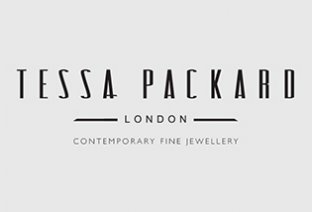
Decide on Cut – Diamonds The Four C’s.
The Cut actually refers to two separate aspects of a diamond’s appearance:
1) shape, and 2) quality of workmanship.
===== Shape =====
Popular diamond shapes include ::
Round Brilliant Cut
Princess Cut
Cushion Cut
Radiant Cut
Marquise Cut
Pear Shape Cut
Oval Cut
Asscher Cut
Emerald Cut
Heart Shape Cut.
There are many other shapes as well.

Choose two shapes if possible and write them on your checklist. (You DID print the checklist, right?)
There is only one way to find out what she wants for the shape : ask her. But if you’re sneaky, you can find out by having her best friend ask her discreetly and tell you. Either way, you should definitely find out about this before you buy…because some women are very attached to certain diamond shapes.
===== The Make — Quality of the Cut =====
It is extremely important to learn about the Make of a diamond for three reasons:
1) the make varies greatly from one diamond to another
2) the make determines the beauty of a diamond more than anything else
3) a concise Cut Grade for the make is now included on most GIA diamond Cert / Certificates for round diamonds. Fancy shapes do not yet have a widely accepted set of standards for cut grading.
The Cut Grade on a certificate from GIA or AGS is the best, easiest, and most accurate measure of the make for any diamond, so:
If you want perfection plus special effects, regardless of cost — go for AGS Ideal Cut.
If you want perfection regardless of cost — go for the GIA or AGS Excellent Cut.
If you want quality and beauty — go for GIA or AGS Very Good cut grade.
If you want a larger stone for your money — go for GIA or AGS Good cut grade.
Even if you want the largest diamond you can afford — we don’t recommend GIA or AGS Fair to Poor cut grades for engagement rings due to a noticeable lack of brilliance and fire (even when color and clarity are very high).
AGS currently offers cut grades for Round, Princess, Oval, Cushion, and Emerald shapes.
GIA offers cut grades for Round shapes only. The systems are different, and I highly respect both.
Decide on Color
The Color of diamonds varies from colorless (most rare and precious) to many shades of yellow (less rare). Slight tints of yellow make a diamond less rare, but some people prefer the personality it gives a stone of good make and clarity.
If you want perfection regardless of cost — go for D color
If you want excellent quality and beauty — go for E or F colors (still colorless to any eye)
If you want a larger stone for your money without sacrificing appearance — go for G, H, or I colors (near colorless, especially in a gold setting)
If you like very faint yellow tints — go for colors like J, K, L, or M (you can see the slight tint when next to a more colorless diamond or when set in a white metal like platinum)
Decide on Clarity
Every diamond has some internal or external “flaws,” (technically known as Inclusions and Blemishes, respectively) but you should decide based on how much they are visible and how much that means to you. Usually, flawless to the naked eye (SI-1 or better usually) is quite sufficient for anyone concerned about beauty but not wanting to pay extra for rarity you can’t see.
If you want perfection regardless of cost — go for Flawless or Internally Flawless (very rare and expensive but possibly the only grade you will always be proud to own)
If you want it to look flawless under a loupe but not pay for flawless — go for VVS1 or VVS2 clarity grades (still flawless to an untrained eye with a 10x loupe)
If you want to see very little with a loupe and nothing to the naked eye — go for VS1, VS2 clarity grades (certainly flawless to the naked eye, even to a diamond grader)
If you just want it flawless to the naked eye — go for SI1 or SI2 clarity grades (some SI3 stones will also be flawless to the naked eye); remember that many women really only want this degree of flawlessness
If you don’t mind some small inclusions that might be visible to the naked eye and want a larger stone that still sparkles — go for I1 clarity
If you were interested in the lowest clarity grades (I2 or I3) — we don’t recommend them for engagement rings because they lack brilliance and crack or chip more easily due to large structural flaws.
Decide on Carat Weight
The next decision (the size you can afford in your preferred quality) is mathematically complicated and requires extensive knowledge about diamond pricing.
Carat weight is actually the last of the four Cs to consider, surprising as this may seem. Although size will be the single most important factor in the price of a stone, it does not affect the beauty. So the process is…
Decide on the quality you want (the first 3 Cs above), then…
Decide on the largest size you can afford to meet those guidelines.
Following are some points to help you decide the budget and size for your diamond:
Most people budget between 1 to 3 months’ salary for a diamond engagement ring, depending on what will make her happy while keeping your bank account open. Only you can determine the right amount to spend. Set your budget, then continue to the next step.
The most popular sizes are 1/2 carat, 1-carat, and 2-carat diamonds.
Invest the time to learn about diamond prices. You’ll notice many rules that are unique to the gemstone market. For instance, a 1-carat diamond is much more costly than two 1/2 carat diamonds of the same quality.
You should find out what she prefers for the size. Ask her best friend to find out if possible.
Learn more about diamond carat weights, including a chart of diamond sizes compared to a life-sized dime for reference.
Dont forget The Fifth C: “Certificates”
The diamond certificate, which is sometimes called a grading report, is a complete evaluation of your diamond that has been performed by a qualified professional with the help of special gemological instruments. Each stone bears its own recognizable, individual characteristics, which is listed on the certificate.
All in all, the best rules to remember:
1. Buy the quality that will make her happy, considering that this will be one of the most important purchases you ever make.
2. Budget only enough that you both feel proud of your commitment to each other, and not so much that the cost becomes a major stress.
Diamond’s – How to Decide the Four C’s – January 25, 2016 | Diamond Helpers





